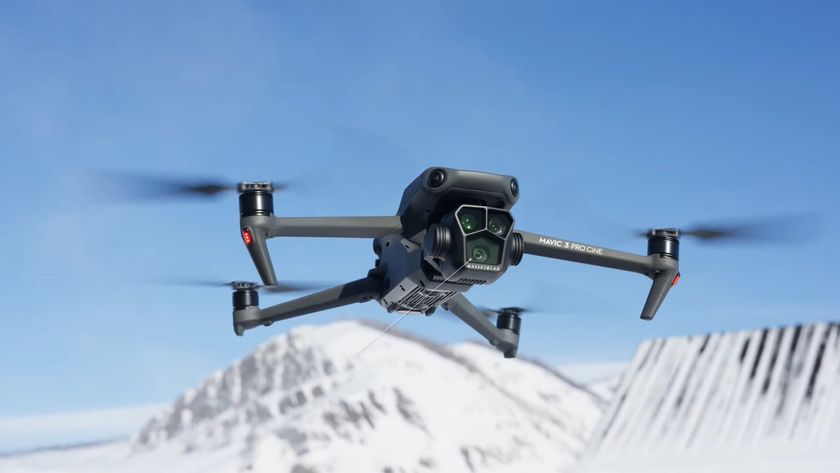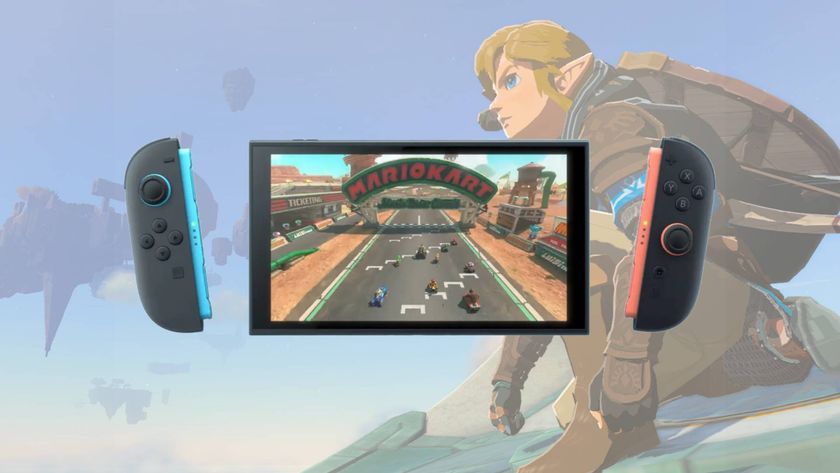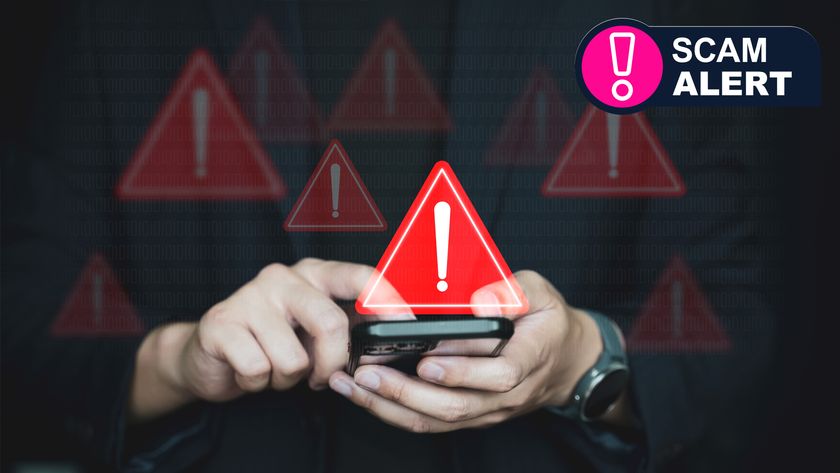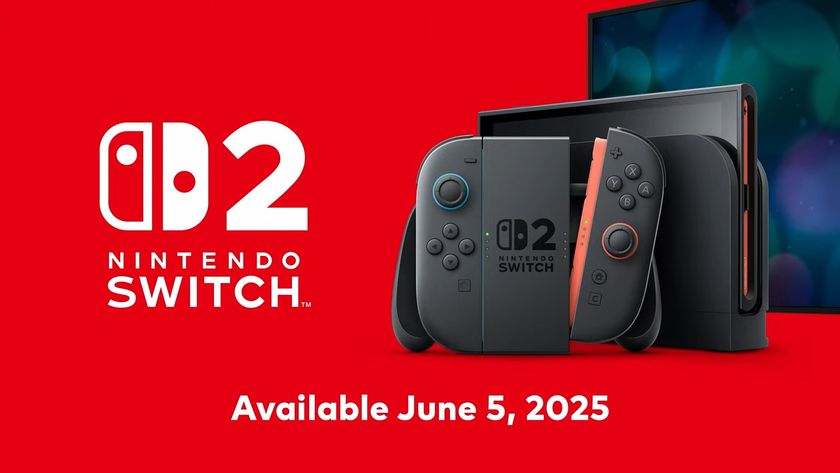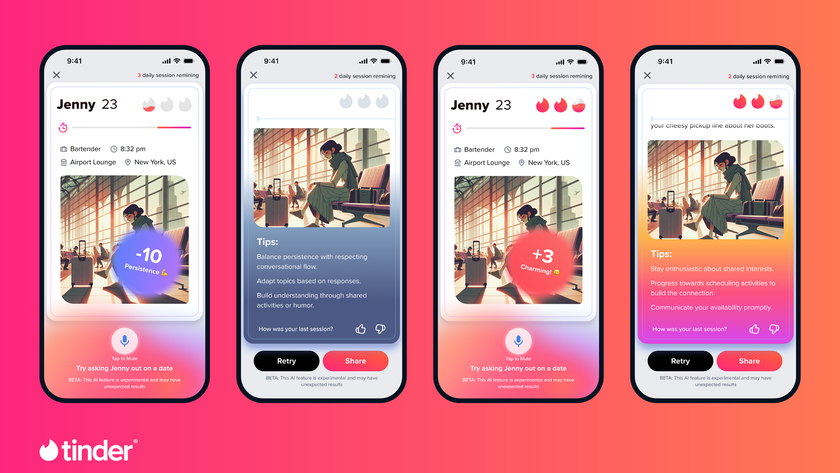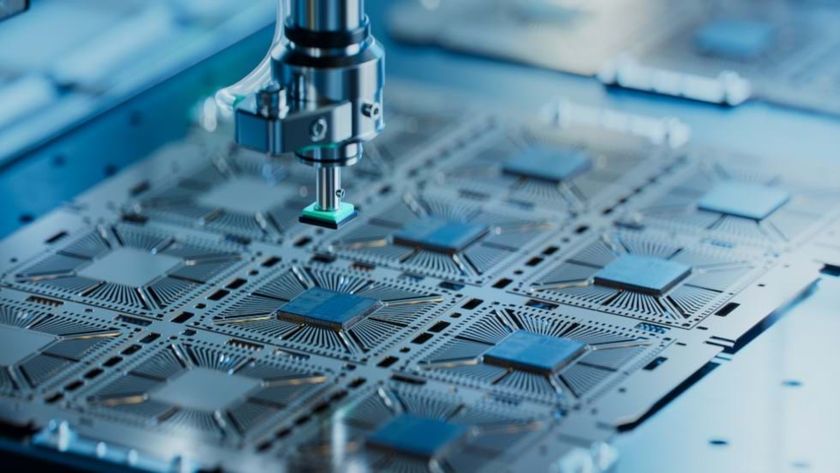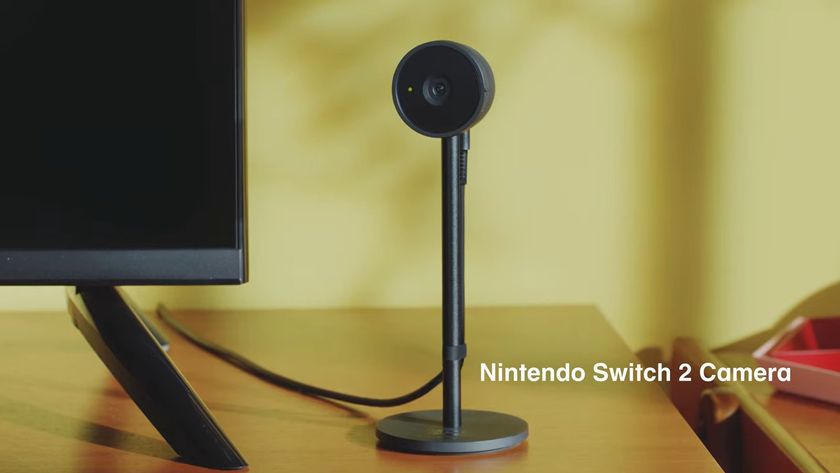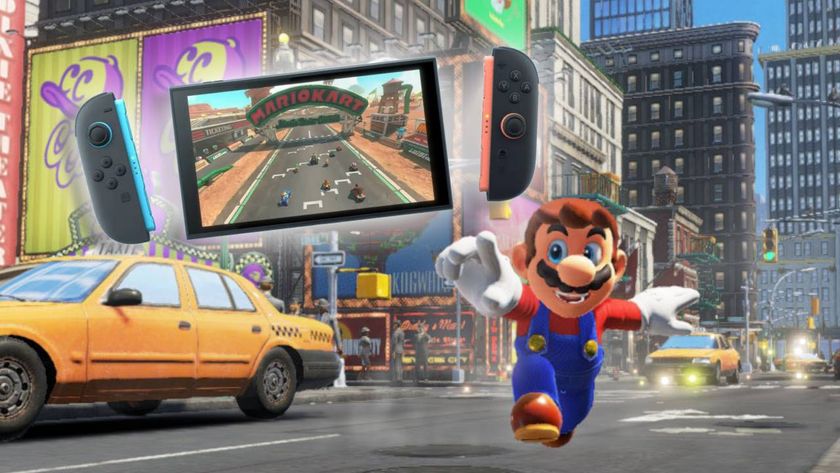The DJI FPV drone takes you into the skies with its 4K camera and video goggles
New drone is effectively an eagle simulator...
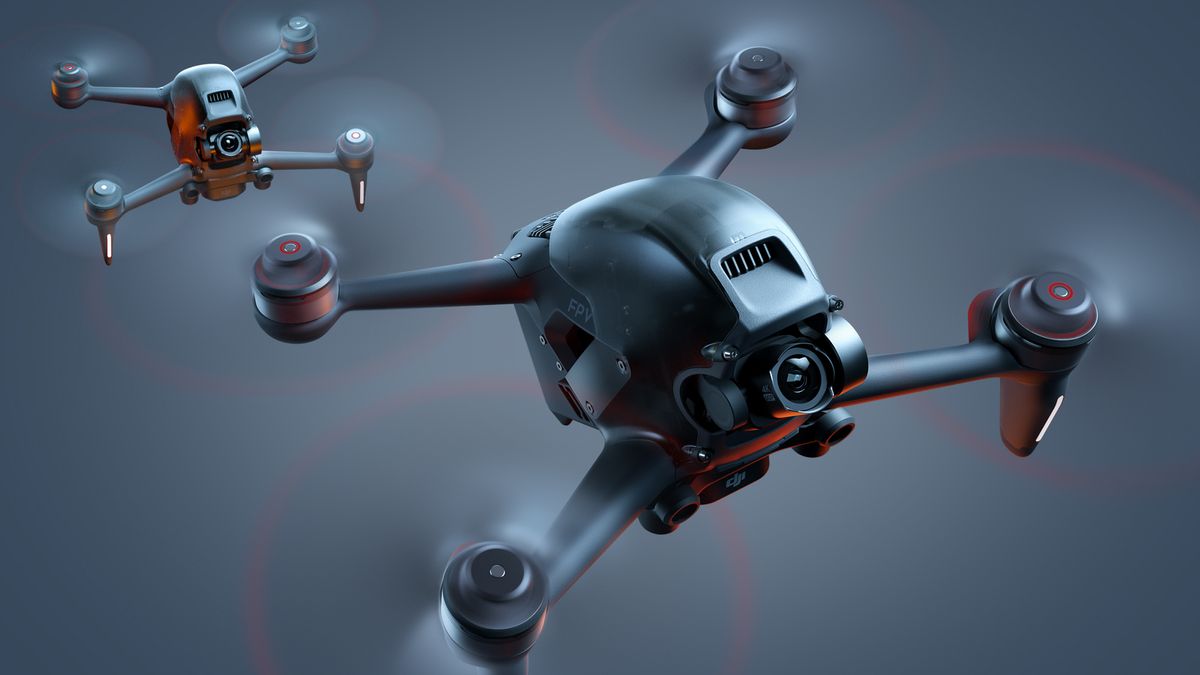
The DJI FPV has now officially touched down – and the new 'First Person View' drone is a compelling mixture of a speedy racing drone and an aerial filmmaking tool like the DJI Mavic Air 2. (Want to skip to our early impressions? Head to our hands-on DJI FPV drone review).
So how does the DJI FPV differ from the company's other Mavic drones? FPV drones bring one key difference – rather than seeing their video feed on a controller or smartphone, you get a pilot's-eye view send straight to some bundled, head-mounted goggles. This means the DJI FPV can give you the sensation of flying like an eagle, or being in the cockpit of a plane on Microsoft Flight Simulator – only this time the landscapes are real.
In this sense, the DJI FPV has similarities to racing drones, which have become increasingly popular with the rise of professional competitions like the Drone Racing League (DRL). But DJI's new 'ready-to-fly' drone is less targeted at racing, and more towards beginners who want to try the FPV experience while shooting 4K aerial videos. In some ways, then, it's the drone the GoPro Karma should have been.
- These are the best drones you can buy right now
- Or check out our guide to the best beginner drones
- DJI FPV drone release date, price, rumors and leaks
While the DJI FPV can't quite match the 120mph top speeds of pro racing drones, it is nippier and more nimble than any Mavic drone. It can hit a top speed of 87mph (in Manual mode) and and zip from 0-62mph in just two seconds. Although you can also fly it more like a traditional drone in normal mode (which limits the speed to 31mph) and Sport mode, which caps the speed to 60mph.
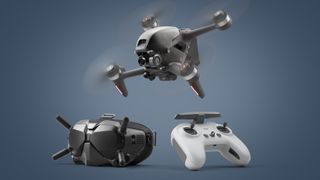
FPV (or First Person View) drones are flown using the combination of head-mounted goggles, which gives the pilot a live video feed from the drone, plus a controller. This differs from traditional drones, which send their video to a controller or smartphone screen. FPV drones also tend to be faster and more nimble than traditional models, but also harder to fly.
It's the combination of these top speeds and the DJI FPV's typically strong filmmaking talents that promise to make it a unique drone. It can shoot 4K/60p video with RockSteady image stabilization and a decent 120Mbps bit-rate, all via its 150-degree wide-angle lens.
The DJI FPV's 1/2.3-inch CMOS sensor is smaller than the ones found in the DJI Mavic 2 Pro and DJI Mavic Air 2, but the same size as the DJI Mini 2's chip. This means you can expect decent quality video and images in good light, albeit via a very wide-angle lens.
But the DJI FPV's USP is really that ability to get a soaring view of landscapes and scenery via the included DJI Goggles V2, and also the ability to control it using DJI's new optional single-handed motion controller, which lets you fly the drone using hand movements.
Get daily insight, inspiration and deals in your inbox
Sign up for breaking news, reviews, opinion, top tech deals, and more.


Under control
In the standard DJI FPV Combo bundle, you get the drone, a standard remote controller, FPV Goggles V2 and all the other accessories in the images above. But DJI is also selling that optional Motion Controller, which promises to let you fly the drone using your hand movements – making it work more like a VR headset than any previous DJI drone.
The Motion Controller (below) is an intriguing accessory that aims to make FPV drones more intuitive and beginner-friendly than before. It includes some handy safety features, including a brake button – press this once and and the drone will do an 'emergency brake and hover', while a long press activates the 'return to home' function.
Whether you're using this motion controller or the standard pad, you'll always need the FPV Goggles V2 to see where you're flying. These show a live video feed from the drone in 810p quality at either 60fps or 120fps, depending on which quality mode you choose. And from up to 10km away (if you're in the US), or 6km for fliers everywhere else in the world.
The big technical challenge for FPV drones has always been latency – in other words, a delay in data transfer between the drone and goggles. Even a tiny lag can mean the drone actually being a few feet away from the position a pilot sees in their headset, but DJI claims to have solved this with the latest version of its Ocusync technology, called O3. This promises to send a high bit-rate 50Mbps feed to the Goggles and apparently brings new anti-interference tech to ensure you get a reliable feed.
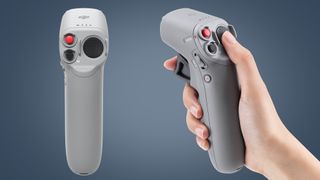
Safety first?
Despite these promises of O3's reliability, there will naturally be safety concerns about the prospect of beginners flying an 87mph drone around using a video headset to guide their movements.
But DJI again thinks the combination of its safety features, and drone laws, will be enough to ensure safe flight. For a start, those drone laws mean that in most regions, including the US, UK and Australia, you will legally need to be accompanied by an observer or 'spotter' when flying the DJI FPV, seeing as it's not possible to maintain direct line of sight while wearing the Goggles.
Also, alongside that 'Emergency brake and hover' function on the motion controller, DJI has packed in its usual GPS-based geofencing warnings and ADS-B receiver system, which warns you when other manned aircraft are nearby.




If that legal requirement to be accompanied by an observer while you're flying the FPV drone doesn't put you off, though, then it promises to offer a spectacular flying and filmmaking experience that few rival drones can match.
You can buy the DJI FPV drone from today in a couple of different bundles. The standard DJI FPV Combo (which includes the FPV drone, remote controller and FPV Goggles V2) costs $1,299 / £1,249 / AU$2,099.
If you need a little more range, though, you can pick up a DJI FPV Fly More Kit (which adds two extra batteries and a dedicated charging hub) for an extra $299 / £259 / AU$429, while the optional Motion Controller is available for an extra $199 / £139 / AU$229.
What are the laws for flying the DJI FPV drone?
Flying the DJI FPV drone will be slightly different to a traditional drone – and not just because you're wearing a set of video goggles.
That headset means you can't maintain visual line of sight with the DJI FPV, which has knock-on effects for the drone laws. In the US and the UK, this means you'll only be able to legally fly the DJI FPV (or any other FPV drone) when accompanied by an observer or 'spotter' standing next to you.
In other territories, like Australia, you currently need to go further and apply for approval from CASA (Civil Aviation Safety Authority) to fly your FPV drone outdoors, or be a member of a model aircraft association that has approval for FPV flights.
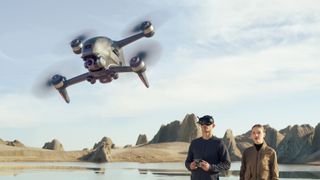
To read more about the FPV drone laws, check out the official regulations for the USA, UK and Australia, or contact your region's civil aviation authority.
This all means that flying FPV drones is a little more restrictive than traditional drones, but otherwise the same laws apply: make sure it's registered, keep it within your spotter's visual line of sight, and ensure you stick to the distances from buildings, people and cars mentioned in your region's drone code. Do all of that, and you'll have a fun, safe flying experience that, in the DJI FPV's case, will also give you the novel sensation of being a bird of prey.
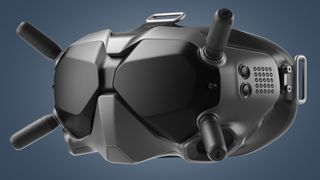
How does the DJI FPV's camera compare to other drones?
The DJI FPV has a very impressive camera setup compared to racing drones, which tend to prioritize speed and maneuverability over image quality. But it's also a slight step down from DJI Mavic drones of a similar size.
The DJI FPV has a very similar sensor to the DJI Mini 2, with one handy difference – it can shoot 4K/60p footage, rather than the Mini's maximum of 4K/30p. This means you can slow down your videos afterwards to create slo-mo fly-bys.
Given the DJI FPV can shoot 4K/60p videos and weighs 795g, we've compared it with a larger drone – the DJI Mavic Air 2 – to give you an idea of how their cameras compare.
| Row 0 - Cell 0 | DJI FPV | DJI Mavic Air 2 |
| Sensor | 1/2.3in CMOS | 1.2in CMOS |
| Resolution (max framerate) | 4K/50/60p, 1080/120p | 4K/50/60p, 1080/240p |
| Bit-rate | 120Mbps | 120Mbps |
| Lens | f/2.86, 149.4-degree FOV | f/2.8, 84-degree FOV |
| Gimbal | Single-axis (with electronic roll) | Three-axis (tilt, roll, pan) |
| Photo resolution | 8MP | 12MP |
| Color profiles | D-Cinelike, Normal | D-Cinelike, Normal |
| Weight | 795g | 570g |
- These are the best drones you can buy right now
- Browse all the latest cheap drone sales

Mark is TechRadar's Senior news editor. Having worked in tech journalism for a ludicrous 17 years, Mark is now attempting to break the world record for the number of camera bags hoarded by one person. He was previously Cameras Editor at both TechRadar and Trusted Reviews, Acting editor on Stuff.tv, as well as Features editor and Reviews editor on Stuff magazine. As a freelancer, he's contributed to titles including The Sunday Times, FourFourTwo and Arena. And in a former life, he also won The Daily Telegraph's Young Sportswriter of the Year. But that was before he discovered the strange joys of getting up at 4am for a photo shoot in London's Square Mile.

